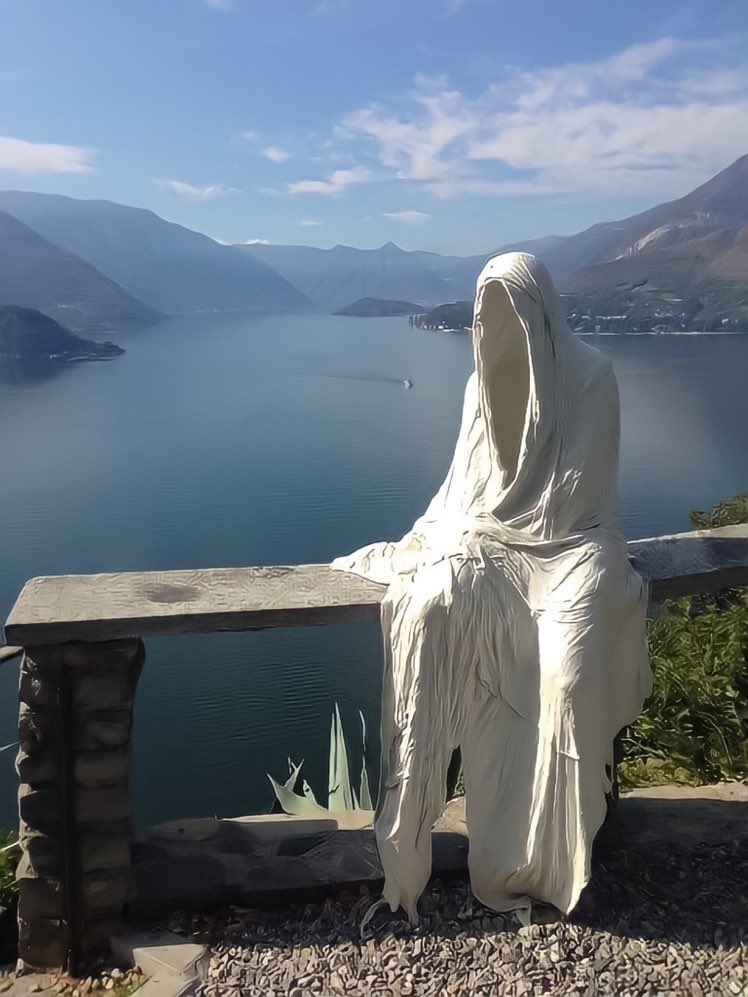Il castello di Vezio si erge su un promontorio che sovrasta il paese di Varenna: l'etimologia del termine “Vezio” è già di per sé un riferimento diretto all'antichità di questo luogo, infatti significa “vecchio” (dal latino vetus). 

Nel 196. a.C. il castello era abitato dai Galli, per diventare poi territorio romano con funzioni difensive, data la sua posizione strategica sul Lago di Como. Nel 600 circa passò ai Longobardi e vi soggiornò la regina Teodolinda, celebre principessa della casata dei Letingi. 

Secondo la leggenda, questa fu una delle ultime dimore della sovrana longobarda: deceduta a Monza, il suo cuore e la sua anima sarebbero rimaste tra queste mura. Il Castello di Vezio è uno dei tanti siti di questo genere che si dice siano abitati da un fantasma. 

Lo spettro del castello sul Lago di Como sarebbe proprio quello della regina Teodolinda: il suo fantasma vagherebbe tra i corridoi del palazzo nelle notti senza luna ed i gestori hanno deciso di rievocare la sua storia con queste meravigliose figure di gesso e cartapesta. 

Quindi, ahimè, non sono né Nazgûl, né Dissennatori.
Per altri contenuti di questo tipo, se anche voi credete che, come diceva Keats, “la bellezza è verità, la verità è bellezza”, mi trovate anche su IG: instagram.com/jameslucaslt/
Per altri contenuti di questo tipo, se anche voi credete che, come diceva Keats, “la bellezza è verità, la verità è bellezza”, mi trovate anche su IG: instagram.com/jameslucaslt/
• • •
Missing some Tweet in this thread? You can try to
force a refresh















